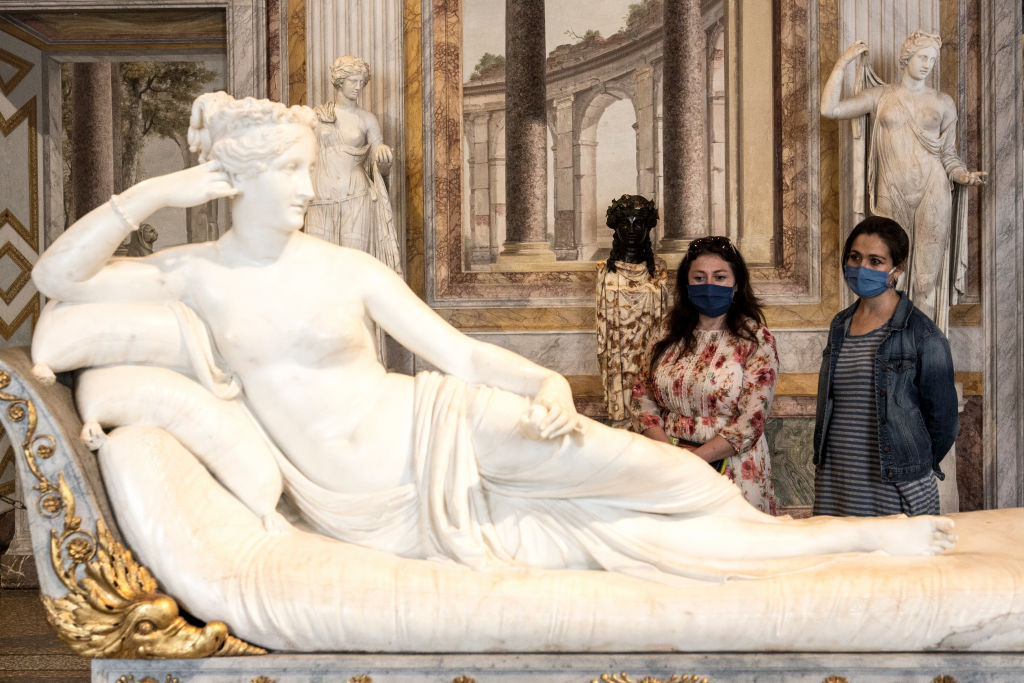Articolo tratto da ArtNet, autore Kate Brown,
The New Director of Rome’s Famed Galleria Borghese Plans to Take the Museum in a ‘More Contemporary Direction.’ Here’s How

The Galleria Borghese in Rome is perhaps most famous for holding the largest number of Caravaggio works of any public collection in the world, with six paintings by the famed Baroque painter.
But the institution’s new leader, Francesca Cappelletti, doesn’t want the museum to be defined solely by that stunning statistic. “The collection is wide and there are infinite research paths,” she tells Artnet News.
As she takes over the museum from her predecessor, Anna Coliva, who retired in the summer, Cappelletti also inherits unique challenges.
Historic museums like hers must find a path into the future, tap younger audiences, and move their collections online. Ticket sales are vital, yet audiences are not flowing through as usual—nor will they be any time soon.
We spoke with Cappelletti about the opportunities and challenges of the role and what she would like to change about the famous museum.
What has been your experience of entering this prestigious museum during such a difficult time for the cultural field?
This time is difficult everywhere and for all of us… So, it’s the new normal! I have no fear, no stress—just new ideas and new ways to get those ideas moving.
What are you hoping to change? What would you like to keep the same?
I would like to keep the same high quality and refined cultural program of the last years, but move in a more contemporary direction. Museums are facing a necessary process of openness and inclusion. This should accompany and sustain citizens as they experience social changes that are often rapid and difficult to face.
Venues for cultural heritage should start a dialogue not only with those who are potentially familiar with the museum experience, but also with a mobile and not clearly identified public: the sort of public not ready, for various reasons, to visit collections of objects that are, besides the fame of certain pieces, difficult to understand.
The modern museum has the opportunity to build an active, generous, and productive relationship with the community through the development of research programs and projects that can broaden the target community, and give the museum a central role. The museum should not simply be an object of interest, but a real cultural site and a location for the creation of culture.
To achieve this, it is essential that projects are created in collaboration with universities and research centers, and that there is a parallel creation of public programs that are not sporadic events, but rather a coherent and recognizable program marked by public involvement.
You also expressed an interest in engaging with a younger public. What will this take?
First of all, we have to reconsider the presence and effectiveness of the Borghese Gallery on the internet and improve our social media communications. Furthermore, we should refresh the formula of the friends and patrons of museums and create and develop the junior patrons, an under-30 version of the traditional association.
It is crucial that the gallery reach out to the public by offering a range of courses and meetings between staff and visitors, both in the gallery‘s spaces and online. [This should be] aimed at the public, at potential users of the cultural heritage, and, in particular, young people.
How will the budgets need to be adjusted to account for losses in ticket sales this year?
This is an issue for all of us working in this field. I’ll try to strengthen our skills, as a museum, of participating in competitions for research funds. We should reduce some of our planned initiatives [as we] wait for better times in which we can allow visitors in again.
What exhibitions or work do you have in the pipeline already that you are most excited about?
There was a lot in the pipeline, including a very tempting idea on the young Caravaggio and an outstanding project on a great contemporary artist… Let’s see—fingers crossed.

